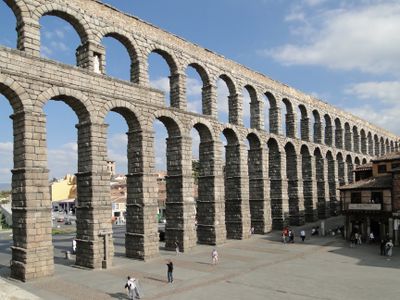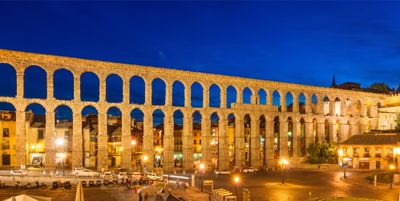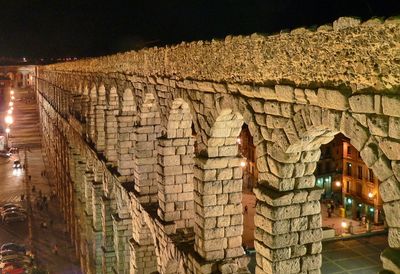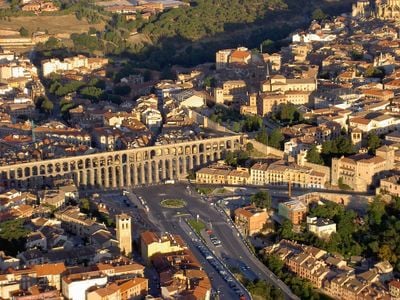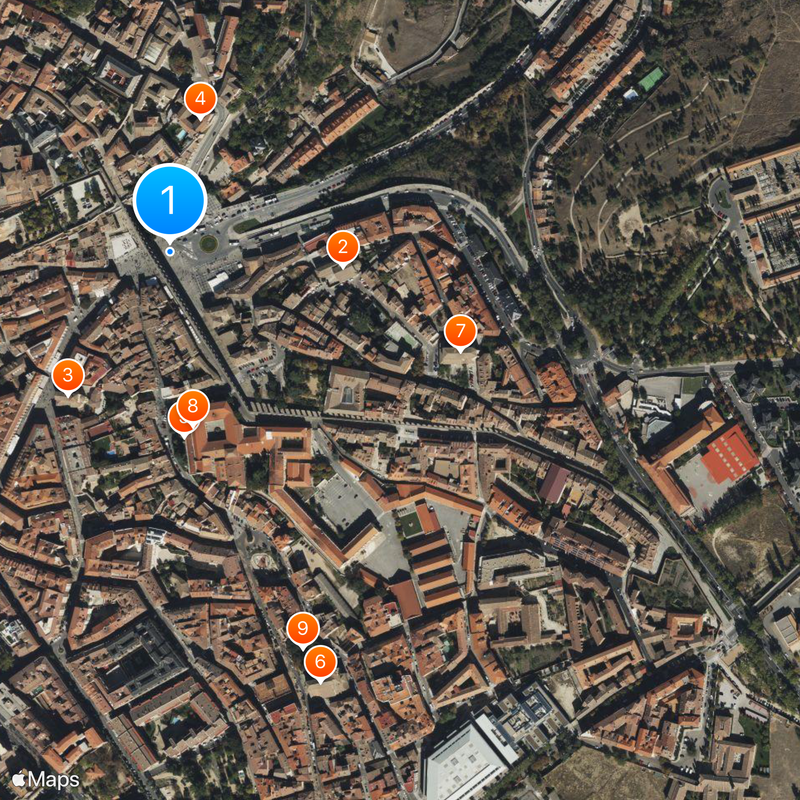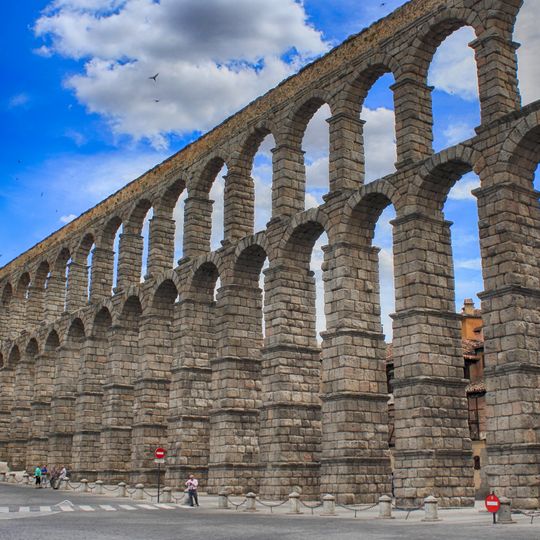
Aqueduct of Segovia, Roman aqueduct in Segovia, Spain
The Aqueduct of Segovia is a Roman water channel built from granite that runs more than 800 meters through the city and consists of 166 arches. Its tallest point stands at Plaza Azoguejo, where it rises roughly 28 meters above street level.
The water channel was built under Emperor Trajan around 99 and carried water from the Frio River into the city. It remained in operation until the mid-20th century, supplying Segovia for almost two millennia.
The name comes from Latin words meaning water conduit, though today the structure serves mainly as a landmark where locals and travelers gather. People often meet near Plaza Azoguejo to admire the stonework from different angles and take photographs.
The structure stands in the city center and can be visited freely at any time, with information panels describing the construction. Travelers who want to see it up close can walk beneath the arches and view it from different perspectives.
The construction uses roughly 24,000 cut granite blocks assembled without mortar or binding material. Stability relies solely on gravity and the precise arrangement of the stones, which has held for over 19 centuries.
Location: Segovia
Inception: 2 century
Height: 28 m
Accessibility: Accessible en fauteuil roulant
Operator: Ayuntamiento de Segovia
Part of: Old Town of Segovia and its Aqueduct
Address: Plaza del Azoguejo, s/n
GPS coordinates: 40.94800,-4.11770
Latest update: December 14, 2025 22:39

Stone arch bridges rank among the most durable structures in history. From Roman aqueducts in Spain to medieval river crossings in Central Europe, these constructions demonstrate the evolution of engineering over two millennia. The Pont du Gard in France once transported 20,000 cubic meters of water...
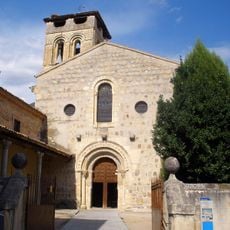
Church of San Justo
188 m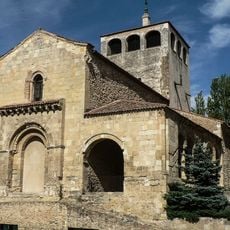
Church of San Clemente
190 m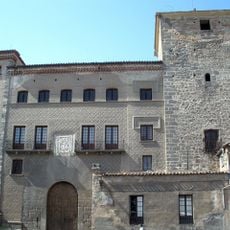
Casa de los Marqueses de Moya
149 m
Biblioteca de la Academia de Artillería
201 m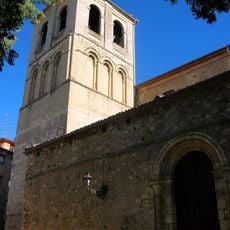
Church of Santa Eulalia
493 m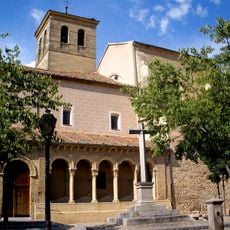
Church of El Salvador
333 mConvento de San Francisco
190 m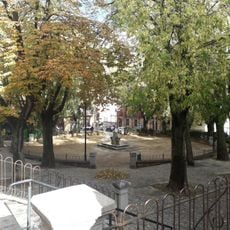
Plaza de Santa Eulalia
453 m
Old Town of Segovia and its Aqueduct
96 mConvento de Santa Isabel
519 m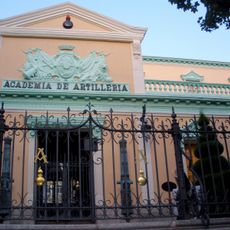
Building of the Academia de artillería
193 mVisitor Reception Center
50 mAcueducto
727 mEstatua de Antonio María Claret
545 mPalacio de los Builtrago
464 mMirador del Acueducto
77 mMirador del Acueducto
77 mMirador del Acueducto
75 mScenic viewpoint
490 mLoba Capitolina romana
32 mDiablillo del Acueducto
164 mCatholic church building, wayside cross
22 mMemorial, statue
503 mPóstigo del Consuelo
79 mEscudo de Segovia
496 mFrancisco Cuéllar
348 mCommemorative plaque, memorial
284 mSegovia Patrimonio de la Humanidad
27 mReal people, real opinions — but not verified.
Visited this place? Tap the stars to rate it and share your experience / photos with the community! Try now! You can cancel it anytime.
Impressive
Discover hidden gems everywhere you go!
From secret cafés to breathtaking viewpoints, skip the crowded tourist spots and find places that match your style. Our app makes it easy with voice search, smart filtering, route optimization, and insider tips from travelers worldwide. Download now for the complete mobile experience.

A unique approach to discovering new places❞
— Le Figaro
All the places worth exploring❞
— France Info
A tailor-made excursion in just a few clicks❞
— 20 Minutes

